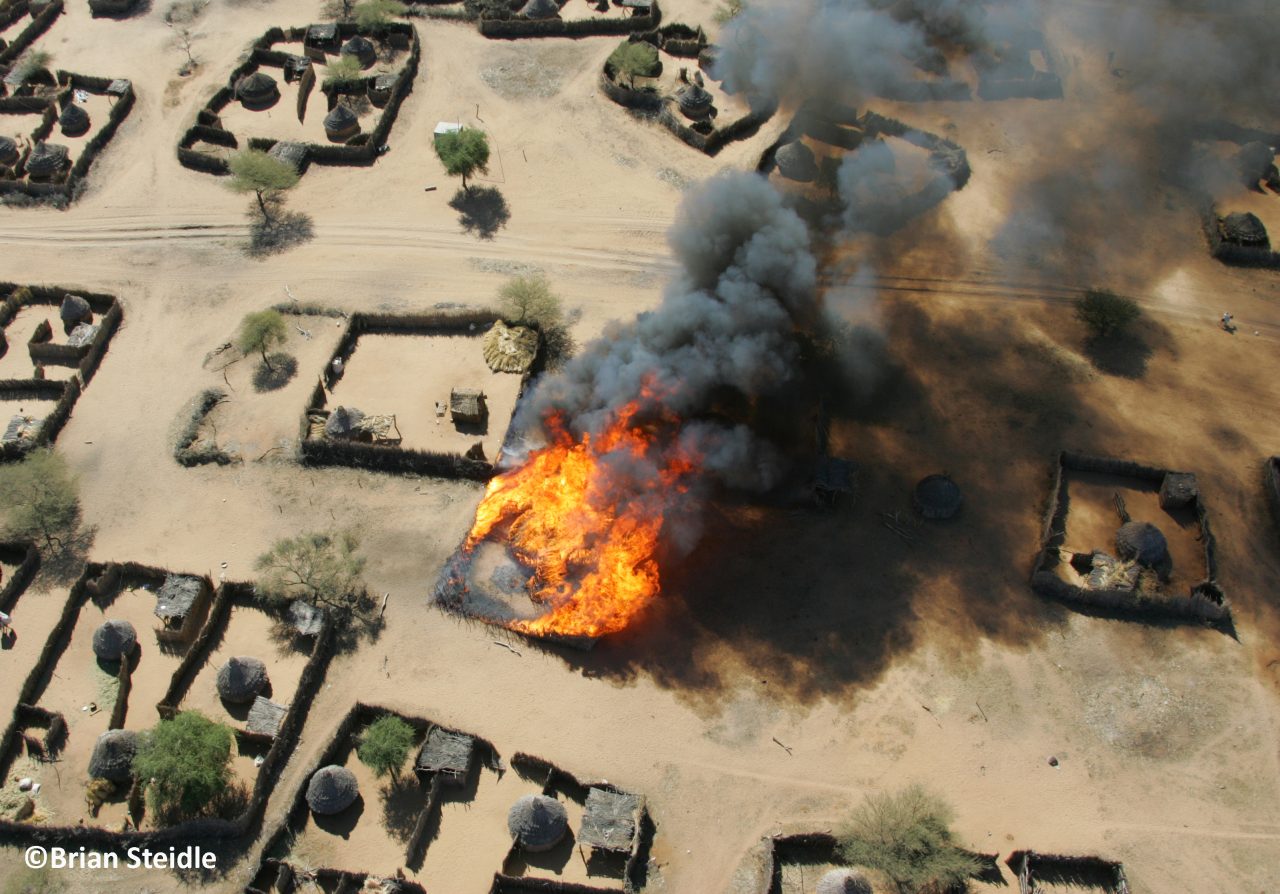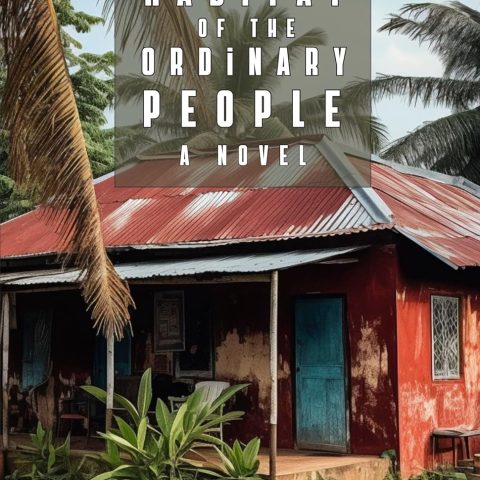John Garang: Sudanese Rebel and Statesman
By Shola Adenekan
Three weeks ago, John Garang, who has died aged 60, in a helicopter crash, was sworn in as the first Vice President of Sudan.The ceremony was cheered by many in and outside the country as signalling the end of Africa’s longest running civil war.In 1983, Garang, a Colonel in the Sudanese Army was sent by his superiors to quell the growing mutiny of 500 south-based troops who were ignoring orders to move north.But instead of obeying orders, he joined the mutiny and spearheaded the formation of the Sudan People’s Liberation Army (SPLA) – a rebel army that sought autonomy for the mainly Christian and traditional religion south from the majority Arab north.The insurgency sparked an ethnic war which has claimed over two million lives, displaced millions more and impacted on ethnic clashes in countries surrounding Sudan.With his bulky frame and greying beard, Garang came across to many who knew him as charismatic, authoritative but with a good sense of humour.Perhaps it was his charm that endeared him to the likes of Muammar Gaddafi, who supplied him arms alongside the Ugandan and Ethiopian governments.Garang strongly opposed military rule and the imposition of Sharia law by the government in Khartoum.He claimed his troops’ courage came from the conviction that they are fighting a just cause. While his critics suggested he was motivated by the oil wealth that lies in the south.John Garang de Mabior was born on June 23, 1945 into a Christian family of Dinka extractions.Although his parents were poor, they managed to educate him. He attended Magamba Senior Secondary School in Lushoto, Tanzania, graduating in 1964, and later studied at Grinnell College in the US.Garang was a research associate in rural economics at University of Dar-es-Salaam, Tanzania, between 1969 an 1970. It was while he was there that he met and became friend with Yoweri Museveni, who was also studying at the same campus.Since capturing power in Uganda, Museveni has been accused by the Sudanese Government of assisting Garang’s SPLA in its struggle for power in Sudan.Garang had his first taste of guerrilla warfare with the Anya Anya movement during the country’s first post-independent civil war.In 1972, the Khartoum government reached a peace accord with the rebel group and the south became a self-governing region. Garang and the rest of the guerrillas were absorbed into the Sudanese Armed Forces and Garang was posted to the capital.He returned to further studies in the US in 1977, returning to Sudan with a PhD in economics from Iowa State University four years later. He was promoted to the rank of colonel and became an instructor at Khartoum Military Academy.Two years later, the then president, Jaafar Numeiri ordered Garang to stamp out rebellion in the south, only for Garang to join the rebels against his commander-in-chief.While the Sudanese government has been accused by many international observers of gross human right abuses, including genocide, it also made some half-hearted attempts to lure Garang to peace settlements, which he always decline.Garang refused to take part in the 1985 interim government and the 1986 elections, choosing instead to remain a rebel leader.It was hard to pin down Garang’s ideological inspiration.He flirted with Marxism during the Cold War era to gain supports from the Eastern Bloc. He later embraced Christian fundamentalism to gain favour from the religious right and neo-conservative groups in America.There was also confusion on central issues such as whether the SPLA was fighting for independence for southern Sudan or merely more autonomy.Friends and foes alike found the SPLA’s human rights record in southern Sudan and his style of governance disturbing.In recent years, Garang has been spending most of his time under tight security in an exclusive Nairobi, Kenya suburb, while most parts of the Sudan he governed lack basic social amenities and cash economy. He recently survived an attempt on his life with fingers pointed at some disgruntled elements within his own faction.In January this year, with a growing crisis in the Darfur region and with Washington’s readiness to exert stronger political pressure on Sudan, Garang seized the opportunity to grab a viable peace settlement with el-Bashir government in Khartoum.It was perhaps the deal he had been waiting for.Major highlights include granting greater autonomy to the south, the appointment of Garang himself as the country’s first southern vice president, equal division of the oil wealth and a provision for a referendum for total independence from Khartoum in six years time.But while Garang got what he wanted, rebel groups in the western Darfur region were left out. Garang acknowledged that genocide was taking place in the area and called for international sanctions against Khartoum if the killings do not stop even when he becomes part of the Sudanese government.In July 9, 2005, after 21 years, he re-entered Khartoum to a rapturous welcome. As Garang and his wife stepped up the plane, dozens of government officials lined the red carpet to shake his hand.Among the crowd were people waving SPLA flags, something which was an offence only a few months ago.He died while returning from a visit to Yoweri Museveni, the Ugandan president.He is survived by his wife Rebecca Nyandeng de Mabior, who is a commander in the SPLA and five children.John Garang de Mabior: Born on June 23, 1945; died on August 1, 2005. Aged 60.
John Garang: Led the Struggle Against Genocide by the Sudanese Government








